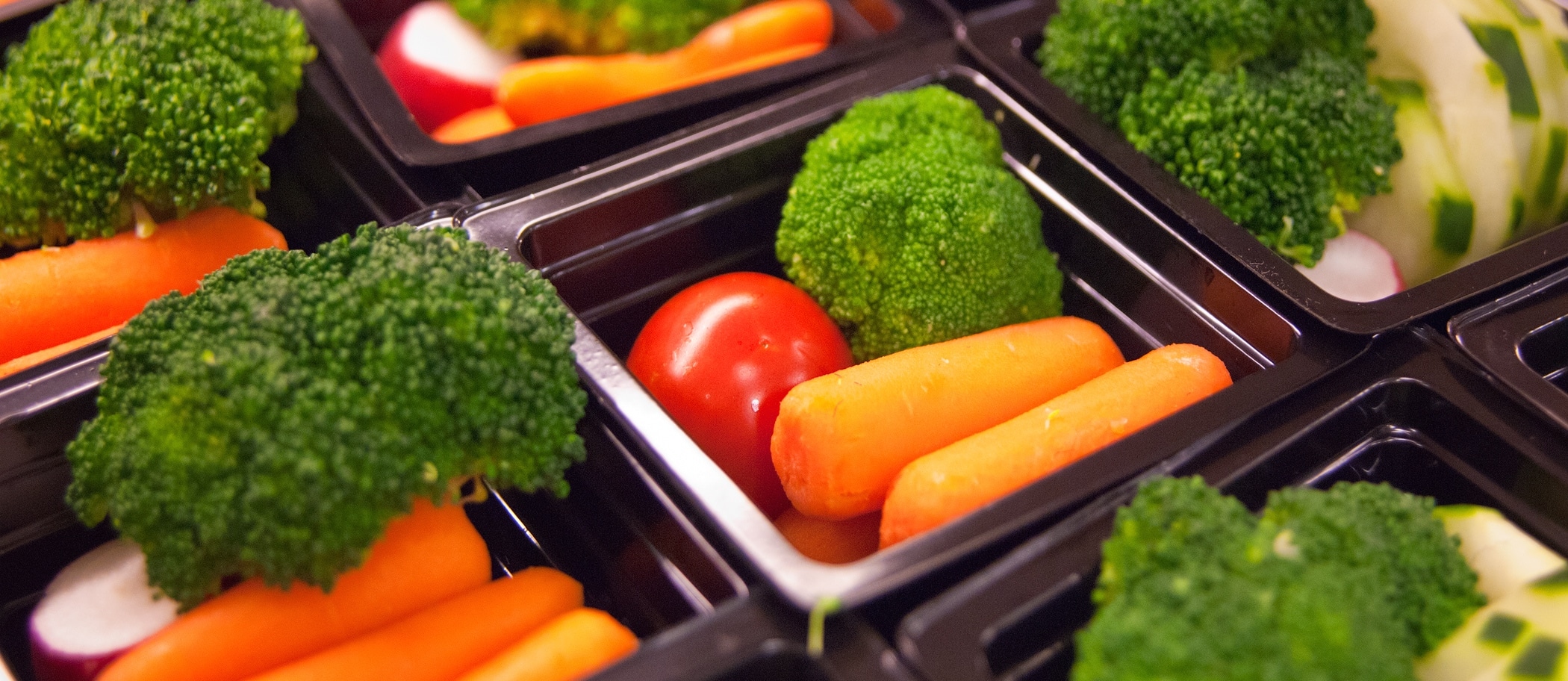When researchers offered kids broccoli or a chocolate bar, which do you think they picked? Four out of five picked the chocolate (though how proud are the parents of the one in five kids that chose the broccoli?!).
But what if we put an Elmo sticker on the broccoli? When an Elmo sticker was placed on the broccoli, it was half and half. Fifty percent chose the broccoli.
It works in schools, too. A picture of SpongeBob saying, “Got beans?” and 37% more boys and 17% more girls chose green beans. One little sign and kids were eating significantly more vegetables.
We saw how we should cut up (or cut out) cookies to minimize consumption in my video Tricks to Get Kids to Eat Healthier at School. How should we cut up vegetables to maximize consumption? Which do you think 9 to 12 year olds ate more of, whole slices, sticks or stars? And do they like them bigger, or smaller? The results were strikingly clear. Turns out “Shape was very influential; children clearly preferred having their vegetables cut.” Stars were liked the most. What about whole slices versus sticks? No difference. It turns out that size only mattered for the whole chunk: the ordinary size was preferred to the miniature versions.
If they’re still not biting, we can apply the same trick I use to get our dog to eat stuff she doesn’t like: dip it in peanut butter. “Pairing vegetables with peanut butter may successfully increase intake, even in vegetable-resistant children.” Offering a salad dressing dip may help, too.
Then there’s always the hidden vegetables strategy. In one study, “broccoli, cauliflower, tomatoes, squash, and zucchini were covertly added to familiar entrees so that the appearance, flavor, and texture of the original recipes were maintained,” like pureeing vegetables into a pasta sauce, and families weren’t any wiser. Covertly incorporating vegetables into foods can “have a beneficial effect on children’s vegetable intake, but it should not be the only way that vegetables are served to children.” Since the appetite for an initially unappetizing vegetable can be increased through repeated exposure, it is important to use several strategies to ensure that children experience different forms of vegetables, especially whole vegetables, because they’re not always going to be at home.
Worse comes to worst, public health advocates can make a video game. There’s a public/private partnership, “The Quest to Lava Mountain,” where you can apparently harvest kale and gain “knowledge about the health benefits of eating healthy foods such as fruits, vegetables, and whole-grain foods” as well as the detrimental effects of eating junk. Where were the kale video games when I was growing up?
What may be the best way, though, to get kids to eat more fruits and vegetables? One study, featured in my video Tricks to Get Kids to Eat Healthier at Home, looked at all sorts of parenting styles—should we pressure them or should we lay off? What was the most important factor? The most important predictor of children’s fruit consumption was… the parent‘s consumption. That was pretty much the case with vegetables, too. If we want our kids to eat healthy, we have to model healthy behavior. The researchers concluded that in order to try to increase children’s fruit and vegetable consumption, parents should be guided to improve their own diets first.
For a smattering of other videos on children’s health, check out:
- Nerves of Mercury
- Doctors’ Nutritional Ignorance
- Protein, Puberty, and Pollutants
- How Fast Can Children Detoxify from PCBs?
- Does a Drink of Water Make Children Smarter?
- Are Cats or Dogs More Protective For Children’s Health?
I cover grown-ups in Tricks to Get Adults to Eat Healthier.
-Michael Greger, M.D.
PS: If you haven’t yet, you can subscribe to my videos for free by clicking here and watch my full 2012 – 2015 presentations Uprooting the Leading Causes of Death, More than an Apple a Day, From Table to Able, and Food as Medicine.
